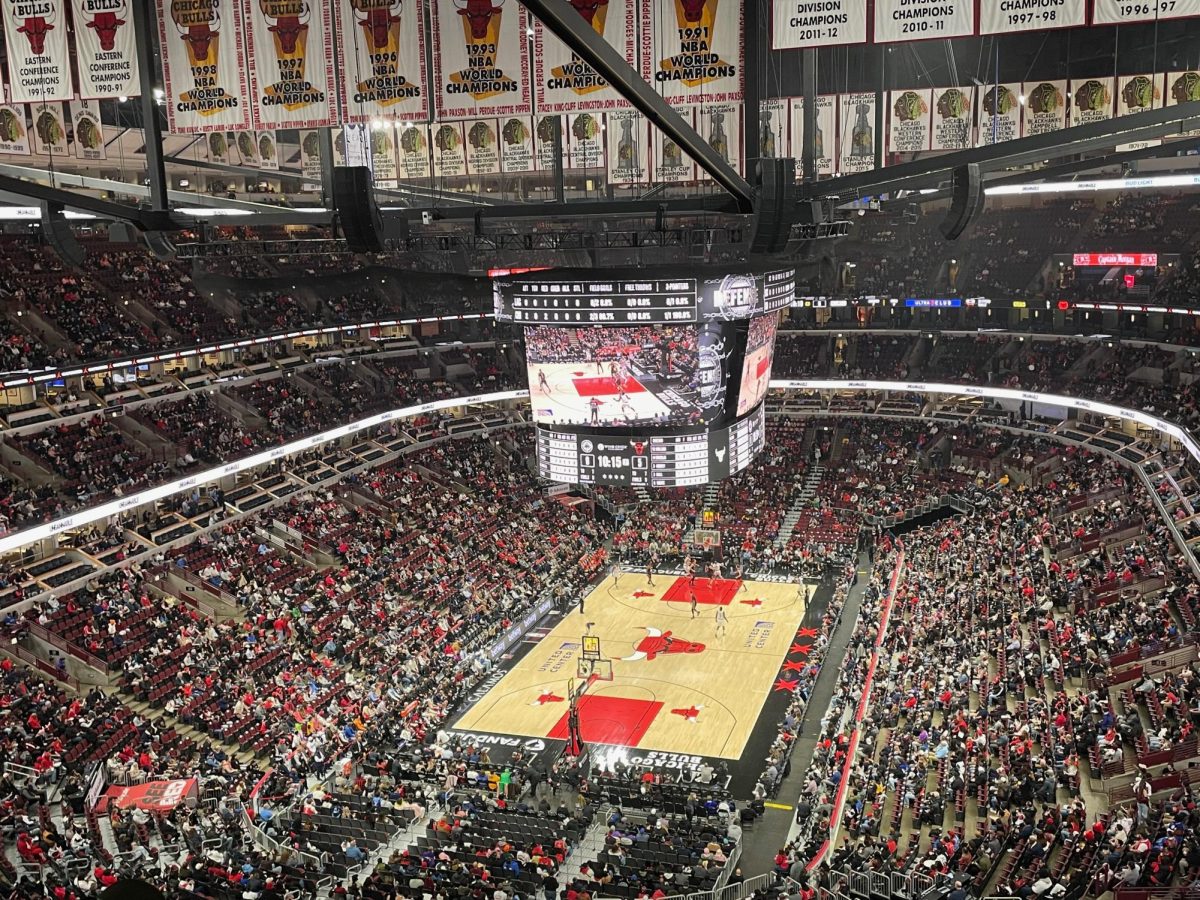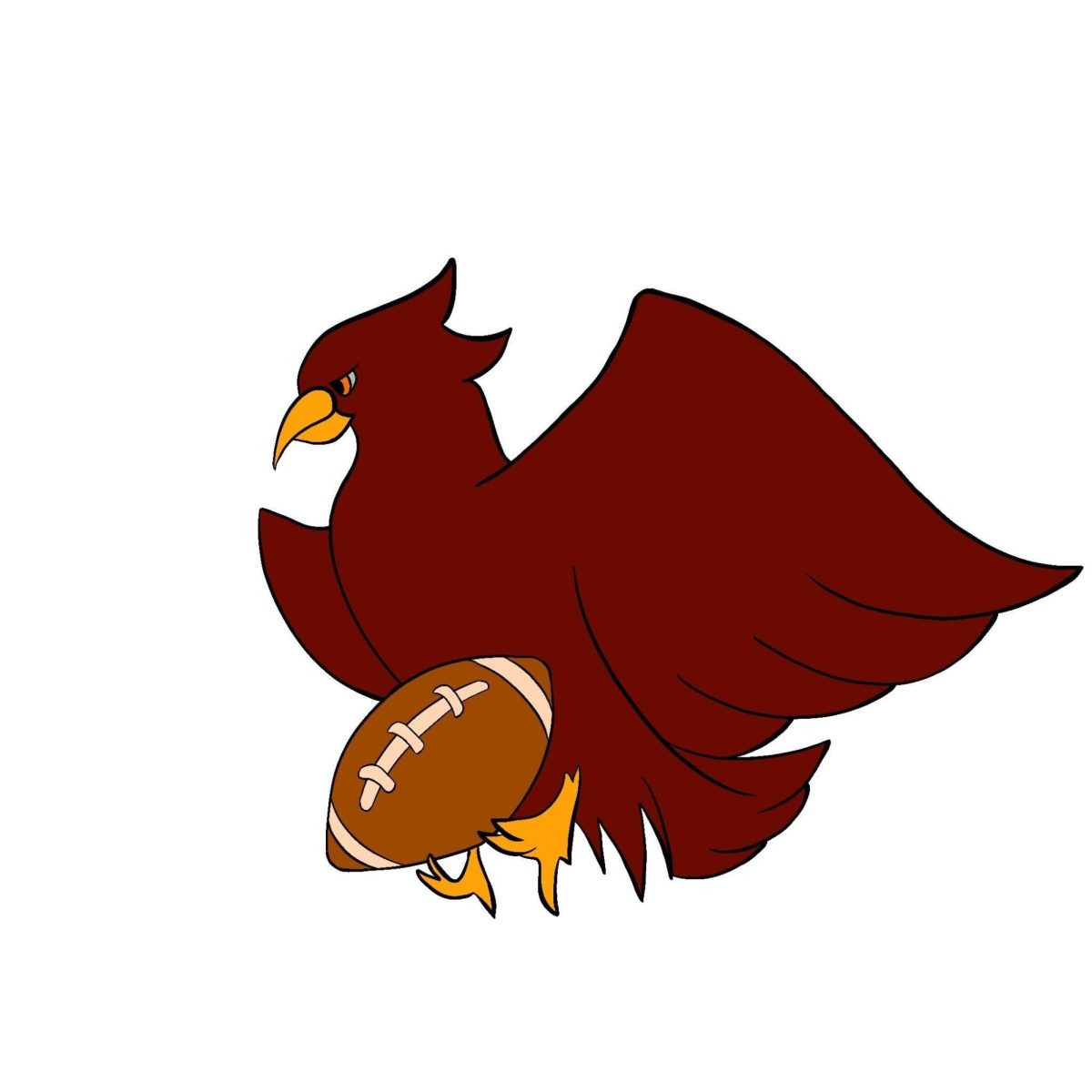After both men’s and women’s track took home gold at Indoor UAAs and followed with silver at Outdoor Conferences, the teams have followed up their league success with spots in the national rankings. The women currently hold seventh with the men at 27th.
Without a familiarity with track and field terminology, though, it is difficult to understand the full extent of Chicago’s achievements in the 2007–2008 campaign. To help bolster knowledge about the sport and what it takes to reach the squads’ levels of accomplishments, the Maroon has compiled a concise glossary for the uninitiated and the curious.
Track and Field: A collection of sports that involve running, jumping, and/or throwing. Think back to elementary school physical education and all those tests of strength and endurance. Now, imagine those seemingly arbitrary metrics of physical prowess formalized, codified, and made fiercely competitive. That, in a nutshell, is track and field.
Indoor vs. Outdoor: The track and field season is divided into indoor and outdoor portions. The indoor season stretches from January to March, and the outdoor campaign commences in late March and continues into late May. Some races, such as the 55-meter dash, are only conducted during the indoor season while events like the javelin, hammer throw, and steeplechase only take place at outdoor meets.
Sprints: The shortest running challenges in track and field, the 55-, 100-, 200-, and 400-meter dashes can be won and lost by hundredths of a second. Top-shelf sprinters possess a combination of steely nerves, quick feet, and just enough muscle mass to explode out of the starting blocks.
Maroons to Watch: First-year Stephanie Omueti and second-year Blake Obuchowski, who represented Chicago in the top three in the 100- and 200-meter dashes at UAAs three weeks ago.
Hurdles: Essentially a sprint but with 10 hurdles standing 30 to 42 inches high placed at specific intervals throughout the course. Athletes who monopolize these events tend to exhibit qualities identical to those of great sprinters, with really long legs as an added prerequisite.
Maroons to Watch: First-year Brian Andreycak won the men’s 110-meter hurdles while third-year Meaghan Ehrling took third in the women’s 100-meter hurdles at this year’s Outdoor Conference.
Middle Distance: The 800-, 1,500-, and 3,000-meter runs occupy a middle region between the short races and distance events. As a result, middle-distance domination demands a balance of muscular endurance, cardiovascular stamina, and a touch of sprinting ability.
Maroons to Watch: Recently graduated Emil Bojanov (A.B. ’07) and Jessica Winter (A.B. ’06) both specialized in the 1,500 and qualified to compete at NCAAs on multiple occasions during their times at Chicago.
Long Distance: As the longest and most grueling events, the 5k and 10k decisively shift the focus from speed to stamina. The Maroons pound pavement all over the South Side to prepare for up to 25 competitive turns around the track.
Maroons to Watch: Second-year Arthur Baptist placed first in the men’s 10,000, while third-year Rachel Venezia took third in the women’s 5,000 at Outdoor UAAs.
Steeplechase: A 3,000-meter run during which runners must jump over 28 barriers and slog through seven water jumps. Barriers resemble lower and sturdier hurdles, while water jumps are sloped puddles that reward runners capable of leaping over the majority of the hole and landing in the shallow end of the pool.
Maroon to Watch: Venezia placed 15th in the 3,000-meter steeplechase at 2007 Outdoor NCAAs.
Throws: Throwing events constitute half of the sport’s field portion. Elite competitors combine impressive agility with tremendous strength to hurl, fling, and chuck a myriad of heavy objects as far as possible.
Shot Put and Discus: Shot putters use a set of motions called “putting” to throw a heavy metal ball, the “shot.” In the discus, throwers take a few steps in circle before releasing the disc. Strict rules govern the form and the motion used to send the shot and discus flying.
Maroons to Watch: Second-year Nicole Murphy dominated the women’s shot put at both the 2008 Indoor and Outdoor UAAs, while fourth-year John Anderson garnered All–UAA honors in the shot put at Indoor Conferences this season. Second-year Claire Ray earned All-American honors at last year’s NCAAs with her sixth-place effort in the discus throw.
Hammer: Competitors in the hammer throw try to send a heavy metal ball, attached to a wire and handle, sailing. To maximize the distance between the point of release and the point of landing, athletes swing the hammer above their heads in a circular motion and pick up speed by completing up to four turns before releasing.
Maroon to Watch: Anderson took second in the men’s hammer throw at Outdoor UAAs.
Javelin: Incorporating an element of speed into the throwing events, the javelin allows for a short run-up before hurling the spear-like object.
Maroon to Watch: Ray produced a fourth-place showing in the women’s javelin throw at last month’s league championships.
Jumps: Like the throws and sprints, the jumps demand a high level of agility, speed, and the capacity for enormous bursts of strength. Jumpers must send their bodies flying forward and backward as high or as far as possible.
High Jump: High jumpers fling themselves over a horizontal bar set progressively higher throughout the competition. Athletes gain forward and upward momentum while diagonally approaching the mark before thrusting upwards and sliding over the top of the bar.
Maroon to Watch: Fourth-year Appie Hirve is the current conference champion in the women’s high jump.
Pole Vault: Similar to the high jump, vaulters throw themselves over a horizontal bar, but with the help of a long, flexible pole. Instead of approaching the bar from an angle, athletes sprint directly toward their mark and use their pole to clear their bodies over the top of the bar.
Maroons to Watch: Third-years John Pribik and Seth Satterlee tied for the fourth spot in the event at last month’s Outdoor UAAs.
Long Jump: Participants sprint down a short runway and leap into a pit while attempting to maximize the distance between the designated take-off point and where they land. Since a speedy approach is essential to nailing a winning distance, gifted sprinters often dominate the long jump.
Maroons to watch: Fourth-years Myra Collins and Zach Rodgers took second in the long jump at Outdoor Conferences last month.
Triple Jump: Similar to the long jump, athletes must execute a specified sequence of smaller jumps before leaping into the pit to land their final mark.
Maroon to Watch: Hirve earned All-American honors in the triple jump with her fourth-place finish at 2008 Indoor NCAAs.
And that is what the South Siders do when they burn rubber, land jumps, and throw objects. There’s one more chance to catch the teams at home in action as they host the Chicago Penultimate Invite tomorrow at Stagg. Next week they have the North Central Last Chance to make the cut for NCAAs.








